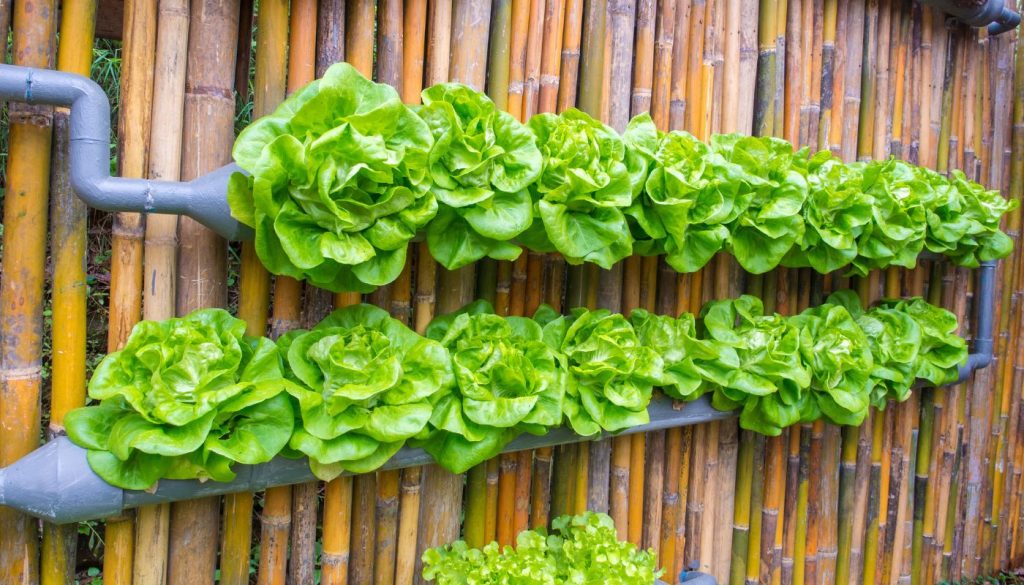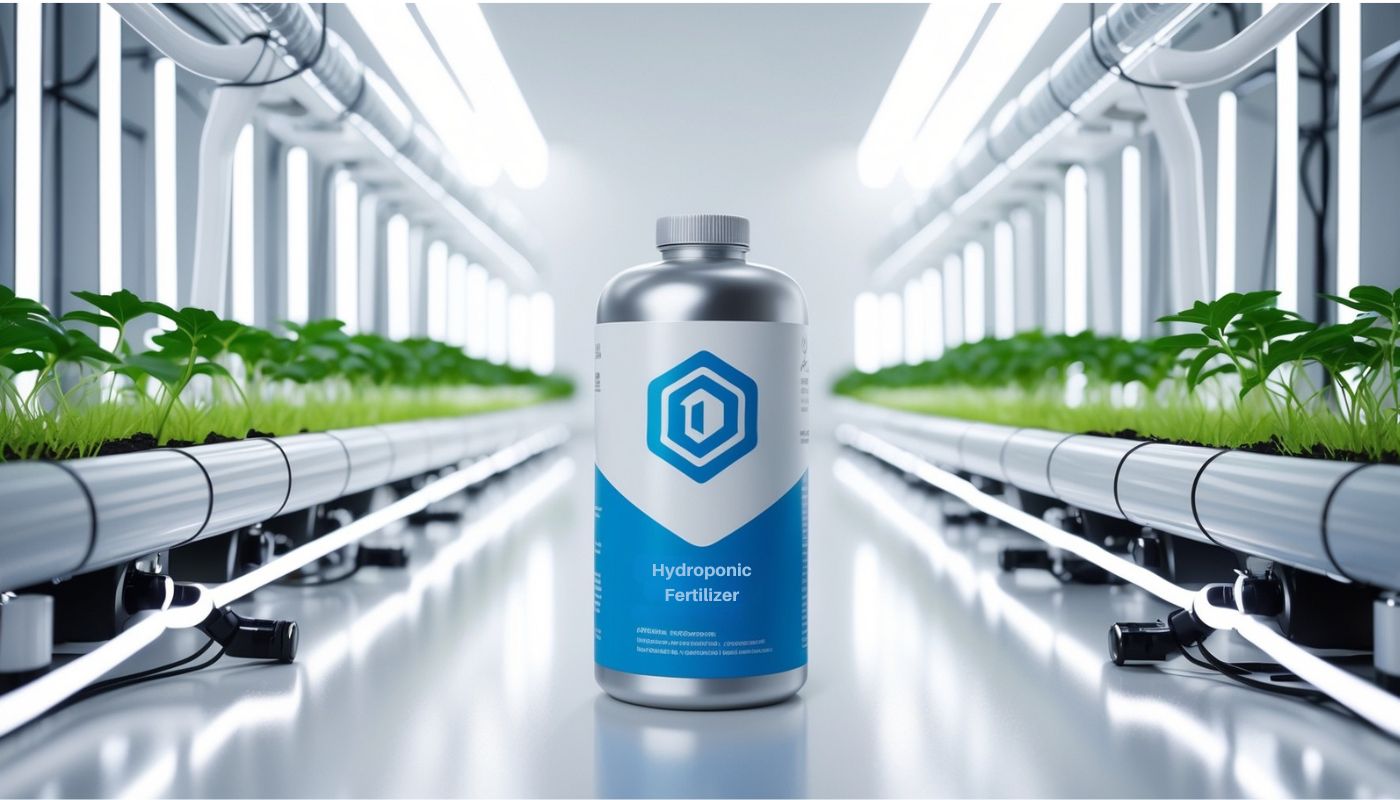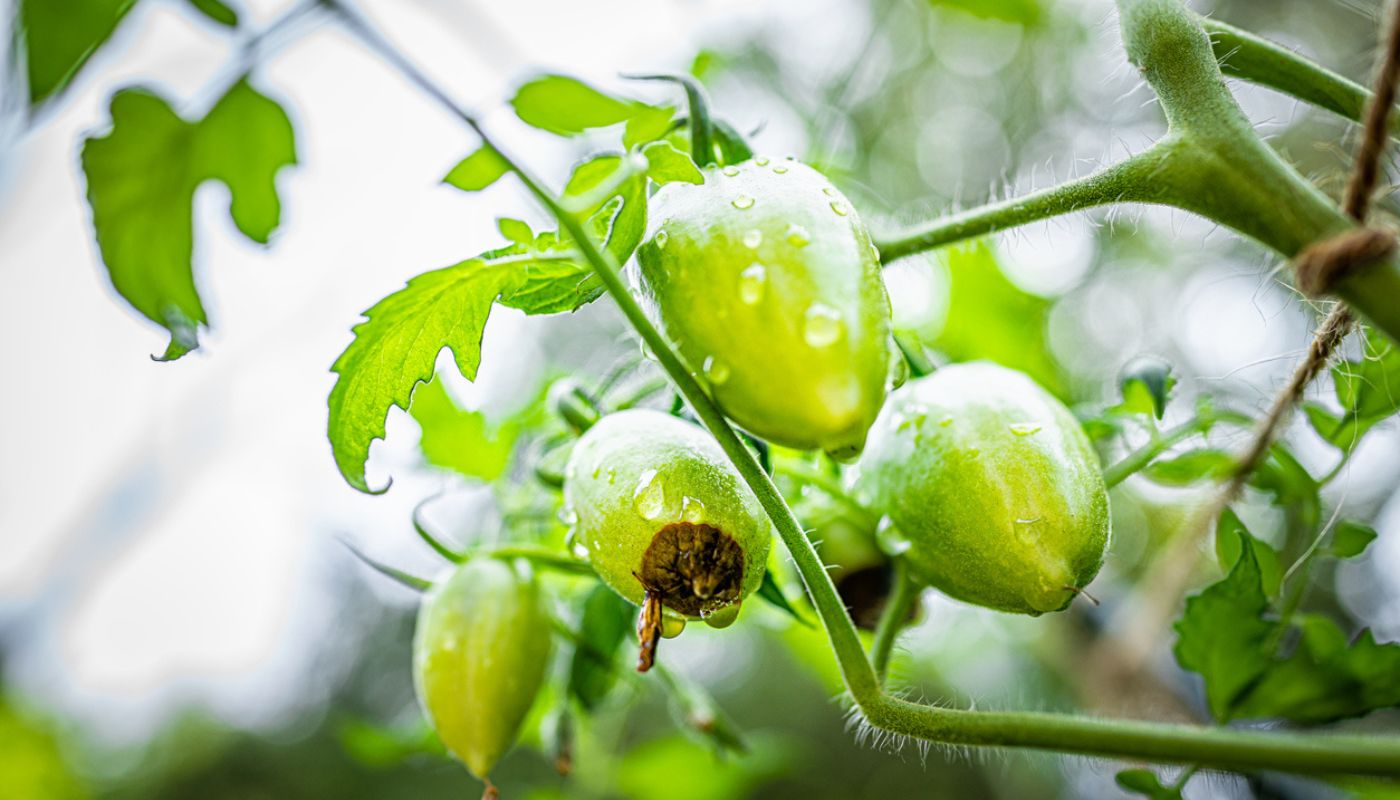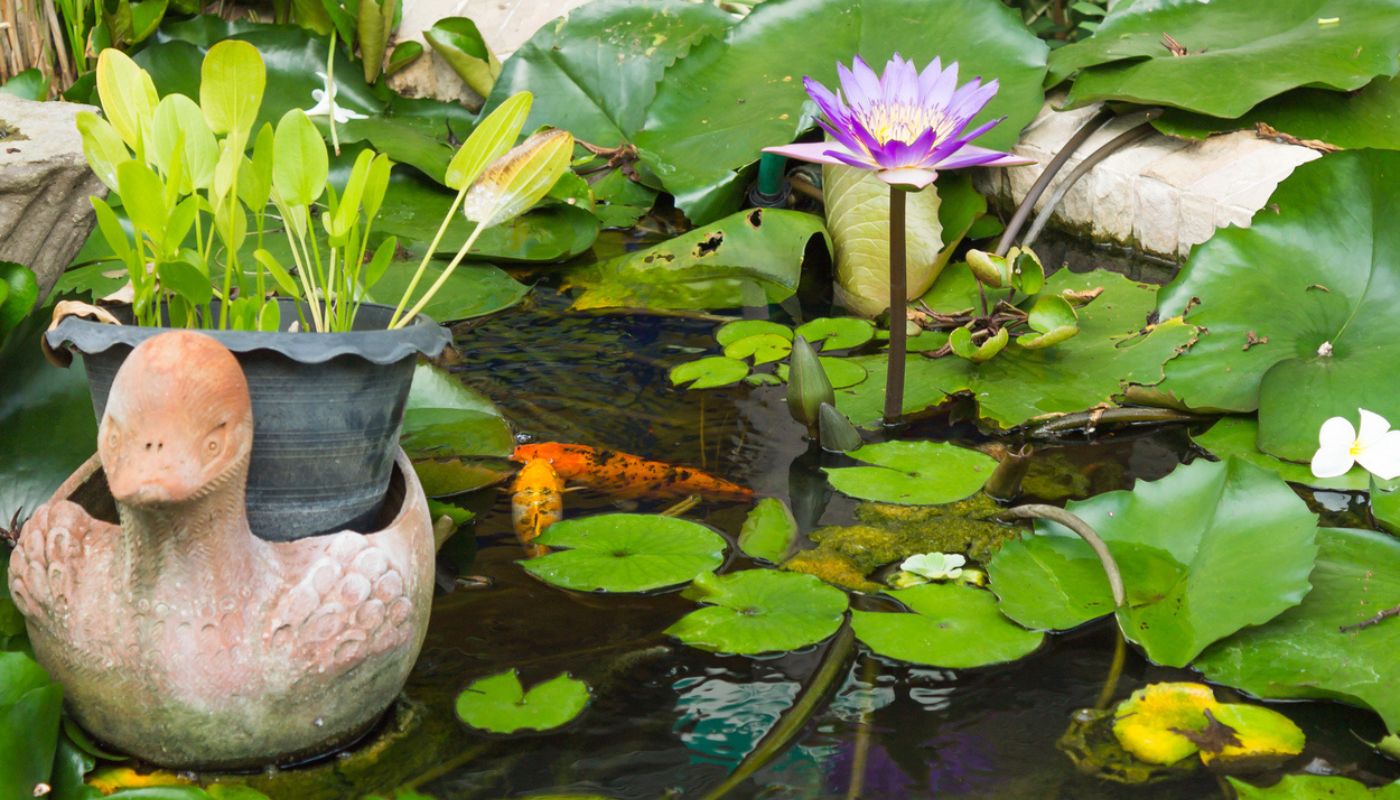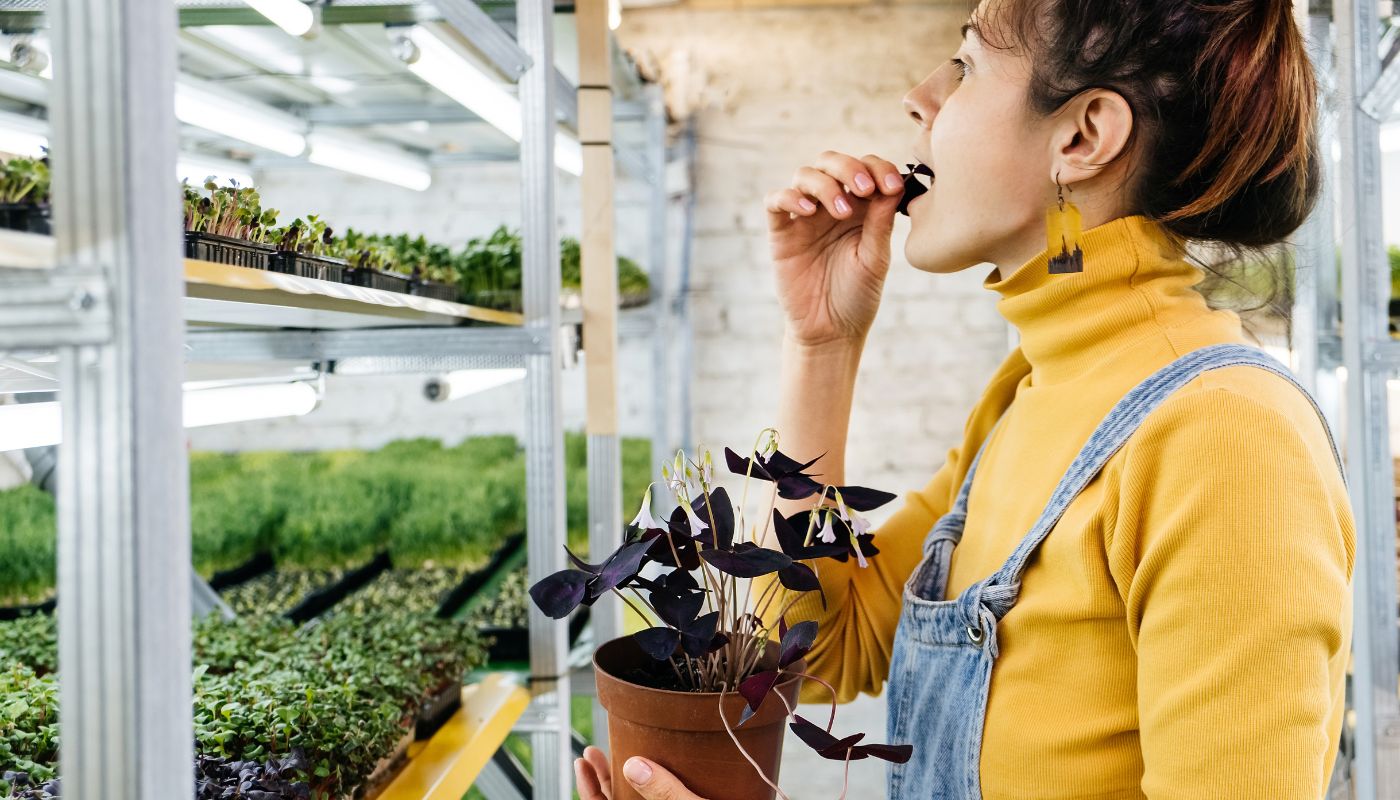
Maximizing Small Spaces: Vertical Gardening Techniques
Vertical gardening is an innovative, flexible solution perfect for those with limited garden space. It allows gardeners to maximize their space by growing vertically, offering a practical and beautiful solution to the spatial challenges of urban environments. This article will explore various techniques for vertical gardening that can help you make the most of your small garden.
One of the most popular techniques for vertical gardening is the use of trellises. Trellises are structures that plants can climb, providing them with the support they need to grow upwards. They can be made from a variety of materials, including wood, metal, and plastic, and can be designed in a range of styles to suit your garden’s aesthetic. Trellises are particularly useful for climbing plants such as beans, peas, and certain types of flowers.
Another effective technique is the use of hanging baskets. These baskets can be hung from walls, fences, or even from the ceiling of a balcony or porch. They are ideal for growing a variety of plants, including herbs, strawberries, and small flowers. Hanging baskets not only save space but also add a unique aesthetic element to your garden.
Vertical planters are another excellent option for maximizing space in a small garden. These planters can be purchased or made at home using a variety of materials, including wood, metal, and plastic. They typically consist of several tiers, allowing you to grow multiple plants in one compact area. Vertical planters are particularly useful for growing a variety of herbs, as they allow for easy access and maintenance.
Living walls, also known as green walls, are another innovative technique for vertical gardening. These walls are covered in plants, either directly or by using modular planting systems. Living walls can be used both indoors and outdoors, and they can be used to grow a wide variety of plants. They not only maximize space but also improve air quality and create a stunning visual impact.
In addition to these techniques, it’s also important to consider the types of plants that are suitable for vertical gardening. Climbing plants, such as ivy and climbing roses, are naturally suited to growing vertically. However, many other plants can also be trained to grow vertically, including tomatoes, cucumbers, and squash.
When planning your vertical garden, it’s also crucial to consider factors such as sunlight, water, and maintenance. Most plants need plenty of sunlight to grow, so you’ll need to position your vertical garden in a location that gets plenty of light. Watering can also be a challenge with vertical gardens, as water tends to flow downwards. Therefore, you’ll need to ensure that all plants receive adequate water, possibly by installing a drip irrigation system.
In conclusion, vertical gardening is a versatile and effective way to maximize space in a small garden. By using techniques such as trellises, hanging baskets, vertical planters, and living walls, you can create a lush and productive garden in even the smallest of spaces. With careful planning and the right choice of plants, a vertical garden can provide you with a bounty of fresh produce and a beautiful green space to enjoy.
Innovative Vertical Garding Techniques for Space Optimization
Vertical gardening is an innovative approach to gardening that allows individuals with limited space to cultivate a variety of plants. This technique, which involves growing plants upward rather than outward, is particularly beneficial for urban dwellers who may only have a small balcony or patio at their disposal. By employing a few key techniques, anyone can maximize their small garden space and enjoy the benefits of a lush, green environment.
The first step in vertical gardening is choosing the right plants. Not all plants are suitable for vertical growth; some require more space or specific growing conditions that may not be feasible in a vertical setup. However, many plants thrive in this environment, including climbing plants like ivy and clematis, as well as certain vegetables and herbs. These plants are ideal for vertical gardening as they naturally grow upwards and require less horizontal space.
Once the right plants have been selected, the next step is to choose a suitable vertical structure. There are many options available, from simple trellises and lattices to more complex structures like vertical planters and wall-mounted containers. The choice of structure largely depends on the available space, the type of plants being grown, and personal aesthetic preferences. For instance, a trellis or lattice is ideal for climbing plants, while wall-mounted containers are perfect for herbs and small vegetables.
In addition to choosing the right plants and structures, proper plant care is crucial in vertical gardening. Because the plants are growing upwards, they may require more frequent watering and feeding than plants grown in traditional gardens. This is because gravity can cause water and nutrients to drain away more quickly. Therefore, it’s important to monitor the plants closely and adjust watering and feeding schedules as necessary.
Another important aspect of vertical gardening is ensuring adequate sunlight. Most plants require a certain amount of sunlight each day to thrive. In a vertical garden, the plants at the top may block sunlight from reaching the plants at the bottom. To prevent this, it’s important to strategically place the plants so that they all receive adequate sunlight. This may involve placing taller plants at the top and shorter plants at the bottom, or rotating the plants periodically.
Lastly, vertical gardening requires regular maintenance to keep the plants healthy and the garden looking its best. This includes regular pruning to control growth and prevent overcrowding, as well as regular checks for pests and diseases. With proper care and maintenance, a vertical garden can thrive and provide a lush, green space even in the smallest of areas.
In conclusion, vertical gardening is an innovative and effective way to maximize space in a small garden. By choosing the right plants, using suitable vertical structures, providing proper care, ensuring adequate sunlight, and performing regular maintenance, anyone can create a beautiful and productive vertical garden. Despite the challenges that may come with this gardening technique, the rewards are certainly worth the effort. Not only does vertical gardening provide a solution for space constraints, but it also adds an interesting visual element to any space, making it a popular choice for urban dwellers and gardening enthusiasts alike.
Transforming Small Gardens with Vertical Gardening Techniques
Vertical gardening is an innovative, flexible solution perfect for those with limited garden space. It allows gardeners to maximize their space by growing plants vertically, thereby transforming small gardens into lush, green spaces. This technique not only enhances the aesthetic appeal of a garden but also contributes to a healthier environment.
The first step in vertical gardening is choosing the right plants. It is essential to select plants that naturally grow upwards, such as climbing plants and vines. These plants are naturally inclined to grow vertically and require less maintenance. Examples include tomatoes, cucumbers, peas, and certain varieties of flowers like morning glories and clematis.
Once the right plants have been chosen, the next step is to provide them with a suitable structure to climb. This could be anything from a trellis or pergola to a wall or fence. The structure should be sturdy enough to support the weight of the plants and should be placed in a location that receives adequate sunlight. It is also important to ensure that the structure is set up in a way that allows for easy access to the plants for watering and maintenance.
Another important aspect of vertical gardening is the use of containers. Containers are particularly useful for those who do not have a lot of ground space to work with. They can be hung on walls, placed on shelves, or even suspended from ceilings. The key is to choose containers that are deep enough for the roots of the plants to grow and that have adequate drainage.
Vertical gardening also requires careful planning and organization. Plants should be arranged in a way that allows all of them to receive enough sunlight. This often means placing taller plants at the top and shorter ones at the bottom. It is also important to consider the weight of the plants and their containers when arranging them, as heavier ones should be placed lower to prevent the structure from toppling over.
One of the main benefits of vertical gardening is that it makes efficient use of water. Watering from the top allows the water to trickle down, ensuring that all plants receive the moisture they need. This not only conserves water but also prevents the growth of mold and fungi, which are often caused by overwatering.
Vertical gardening also offers the advantage of increased yield. By growing plants vertically, gardeners can grow more plants in the same amount of space. This is particularly beneficial for those who wish to grow their own fruits and vegetables, as it allows for a larger harvest.
In conclusion, vertical gardening is an effective technique for maximizing space in a small garden. It involves careful selection of plants, provision of suitable climbing structures, use of containers, and strategic arrangement of plants. With careful planning and maintenance, vertical gardening can transform a small garden into a productive, green space. It not only enhances the aesthetic appeal of a garden but also contributes to a healthier environment and increased yield.
